
- For PC
- For MAC
- For Linux
- OS: Windows 10 (64 bit)
- Processor: Dual-Core 2.2 GHz
- Memory: 4GB
- Video Card: DirectX 11 level video card: AMD Radeon 77XX / NVIDIA GeForce GTX 660. The minimum supported resolution for the game is 720p.
- Network: Broadband Internet connection
- Hard Drive: 22.1 GB (Minimal client)
- OS: Windows 10/11 (64 bit)
- Processor: Intel Core i5 or Ryzen 5 3600 and better
- Memory: 16 GB and more
- Video Card: DirectX 11 level video card or higher and drivers: Nvidia GeForce 1060 and higher, Radeon RX 570 and higher
- Network: Broadband Internet connection
- Hard Drive: 62.2 GB (Full client)
- OS: Mac OS Big Sur 11.0 or newer
- Processor: Core i5, minimum 2.2GHz (Intel Xeon is not supported)
- Memory: 6 GB
- Video Card: Intel Iris Pro 5200 (Mac), or analog from AMD/Nvidia for Mac. Minimum supported resolution for the game is 720p with Metal support.
- Network: Broadband Internet connection
- Hard Drive: 22.1 GB (Minimal client)
- OS: Mac OS Big Sur 11.0 or newer
- Processor: Core i7 (Intel Xeon is not supported)
- Memory: 8 GB
- Video Card: Radeon Vega II or higher with Metal support.
- Network: Broadband Internet connection
- Hard Drive: 62.2 GB (Full client)
- OS: Most modern 64bit Linux distributions
- Processor: Dual-Core 2.4 GHz
- Memory: 4 GB
- Video Card: NVIDIA 660 with latest proprietary drivers (not older than 6 months) / similar AMD with latest proprietary drivers (not older than 6 months; the minimum supported resolution for the game is 720p) with Vulkan support.
- Network: Broadband Internet connection
- Hard Drive: 22.1 GB (Minimal client)
- OS: Ubuntu 20.04 64bit
- Processor: Intel Core i7
- Memory: 16 GB
- Video Card: NVIDIA 1060 with latest proprietary drivers (not older than 6 months) / similar AMD (Radeon RX 570) with latest proprietary drivers (not older than 6 months) with Vulkan support.
- Network: Broadband Internet connection
- Hard Drive: 62.2 GB (Full client)
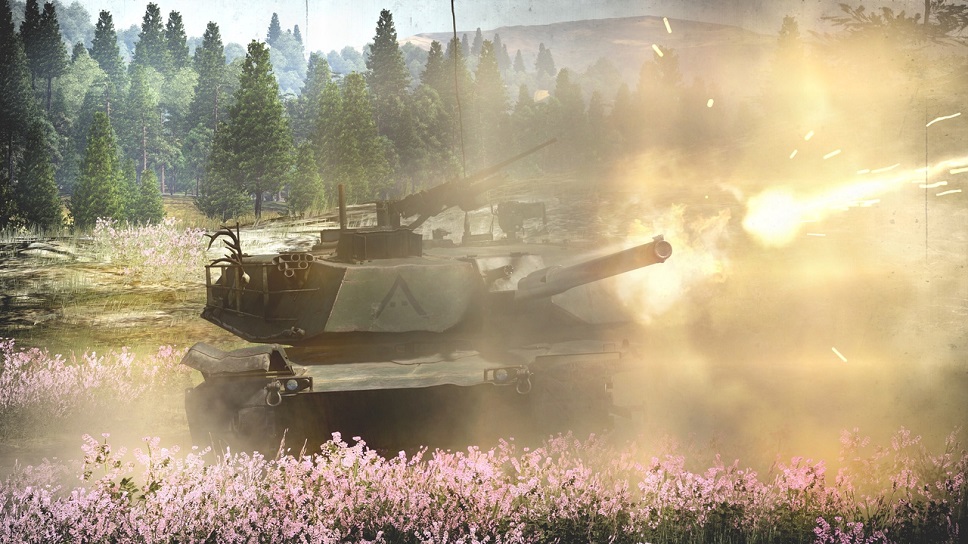
All shells in the game - ground vehicle, aircraft and naval - will now have their own volume. Learn more about damage model improvements brought to you in the recent update.
Hello!
In addition to new vehicles, a new location and numerous fixes and improvements, in the War Thunder: Raining Fire update we are introducing “volumetric” shells - a very important feature for all game modes. Previously, shells in our game did not have their own volume. In fact, each projectile fired was a material point that reacted with the ballistics of its real life prototype, and upon contact with the enemy, a complex multi-vector simulation of the interaction of the projectile at the point of impact, say, with the point of armor on an enemy tank took place. In this case, the point-shaped projectile in some cases could inflict penetration or damage where a real projectile was not able to fit in reality - for example, a ricochet and flight under the turret ring area, slaughtering all crew members and modules in its path.
We decided to fix this. In the "Raining Fire" update, all shells in the game, from 15mm calibre or more, are now simulated by several rays at once, which indicate the real dimensions of the shell for a more reliable calculation of damage - on armor, in it, and behind it. Large calibre projectiles are additionally modeled with two ray circles. Now the projectile cannot penetrate where it cannot physically fit. The changes affected all ground, sea and air vehicles in the game, both player-controlled and AI vehicles, including AA guns.
Now you are able to more precisely simulate the most diverse scenarios of damage from any shells in the game - we have added functionality for protection analysis not only for tanks, but also for aviation. Welcome to the War Thunder: Raining Fire update! Our favorite game just got better!
The War Thunder Team
Previous Development Blogs
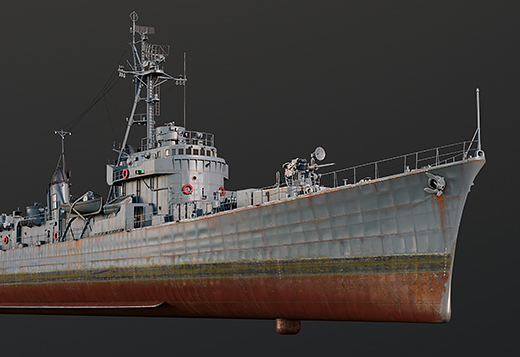
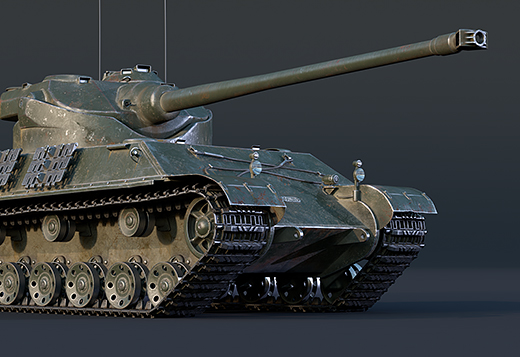
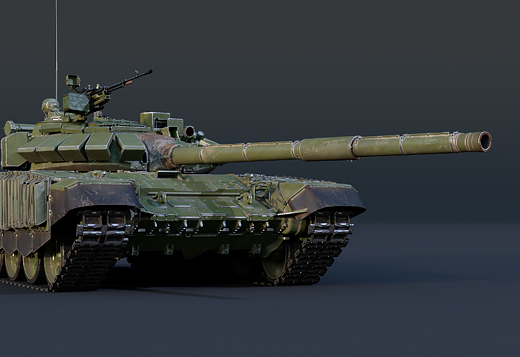
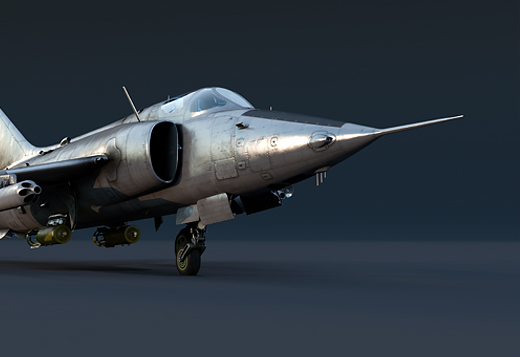
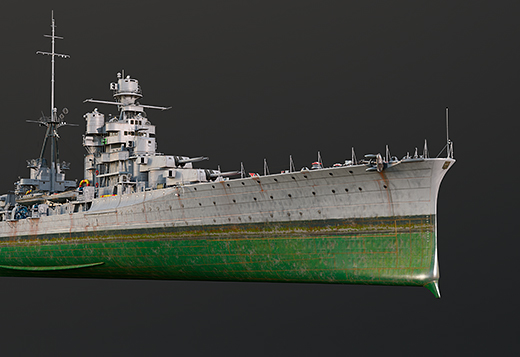
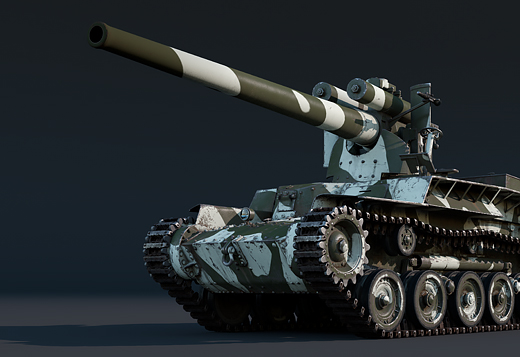
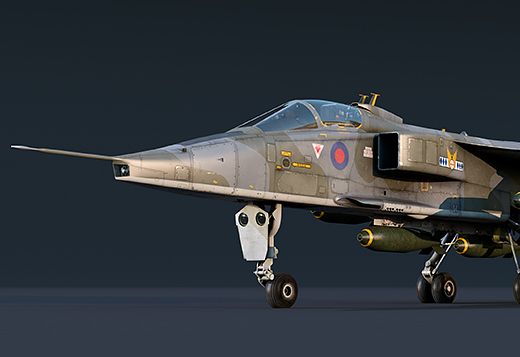
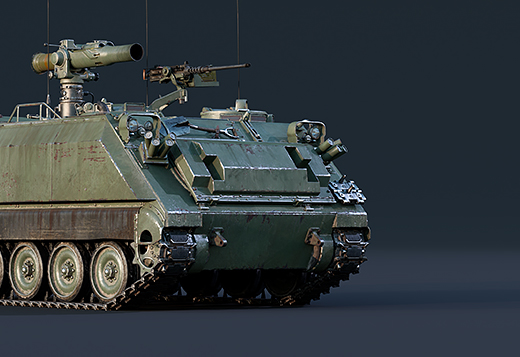
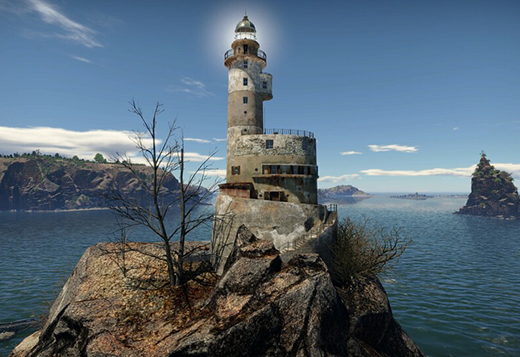
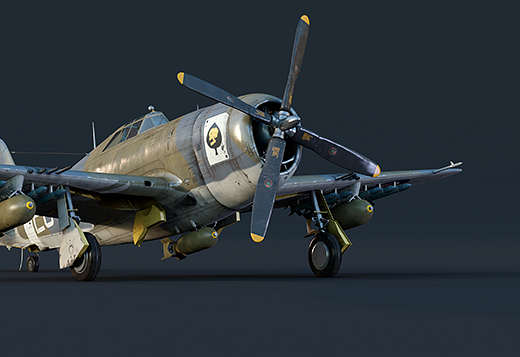
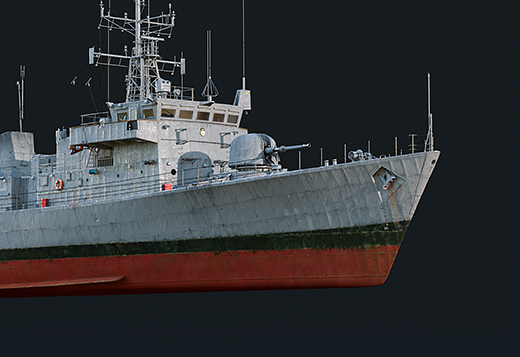
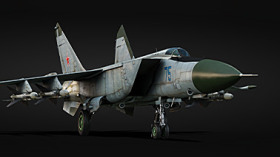

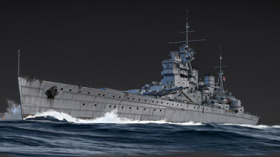

Comments (41)
Where is the vehicles from WW2 Germany,Britan,France,and USA.Pleas,somting new from WW2.I love tanks from WW2 VEHICLES,PLEAS!!!! BUT NOT COPY.
You're pathetic
RIP a lot of Turret ring, Cupola, and MG ports weakspots.
So no more Abrams getting penned through the turret ring at over a kilometer by a 125mm HEAT round?
Imo the heat round should penetrate a turret ring, the plasma jet is thin enough to fit through that gap
ETIQ_Goat, It needs to impact something on the tip to trigger it though, so if it managed to fly straight towards the turret ring the charge would get shredded by the turret and hull, most likely exploding in an uncontrolled manner
I was killed yesterday by a wirbelwind frontally with a M4A3E2 Jumbo tank from 250m. One of the APCR shell ricocheted into my hull from the turret looking forward. It was rather interesting to see this happening.
I remember one time I was in an Ostwind and fired at an IS-2 as I drove past him and scored a crew kill by having a round go through one of the turret hatches; I wasn't even trying to kill him, just laying down suppressing fire so I could get from one cover to the next. Was one of the craziest kills I've ever gotten.
"Volumetric Shells", this should have been the name of the update.
Seeing this technical changes is something really good to see, great job, but lets not forget the bad decisions that were made like HEATF stock and other little things
I'd love to see a comparison with the bullet rays shown.
Slaughter? What do you mean "slaughter"? Ivan is just having a nap. Sure, a 120mm APFSDS just went through his torso at 4x the speed of sound, but that just knocked his breath out and his comrade Dmitri took over so he could shake it off.
imo this is the best technical change War Thunder has ever done and it will be a far more enjoyable game for it.
Since the update, certain shells (such as KwK 40s with 137-140mm pen) that can't penetrate (such as when hitting Churchill VII 152.4mm plates) will detonate causing fragments to appear inside of the tank without a penetration. This is a VERY common occurrence. Just want to get it out. i plan to make a proper post on the Forums.
Submit a complaint